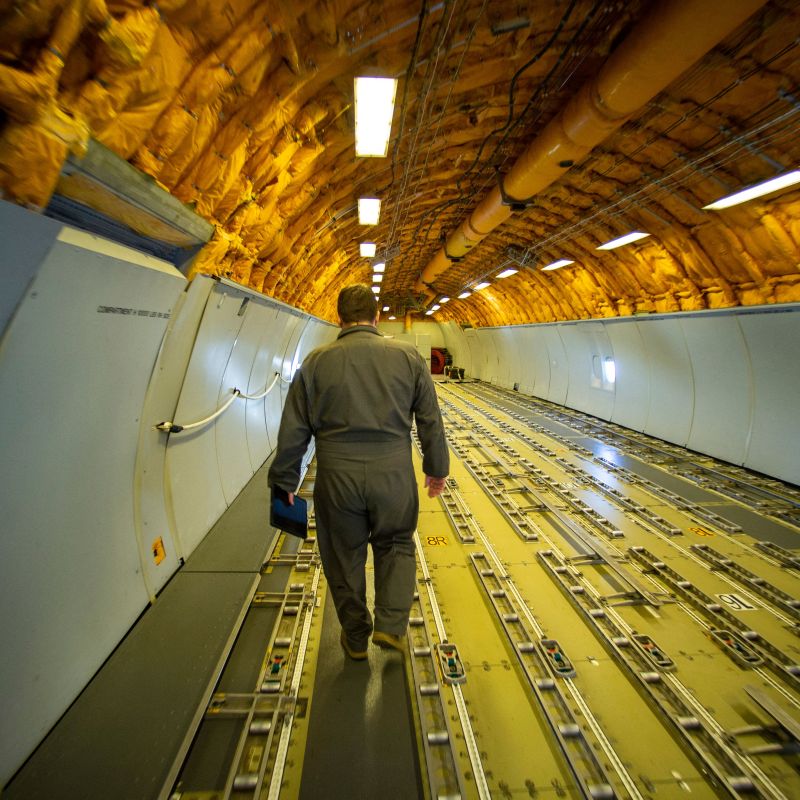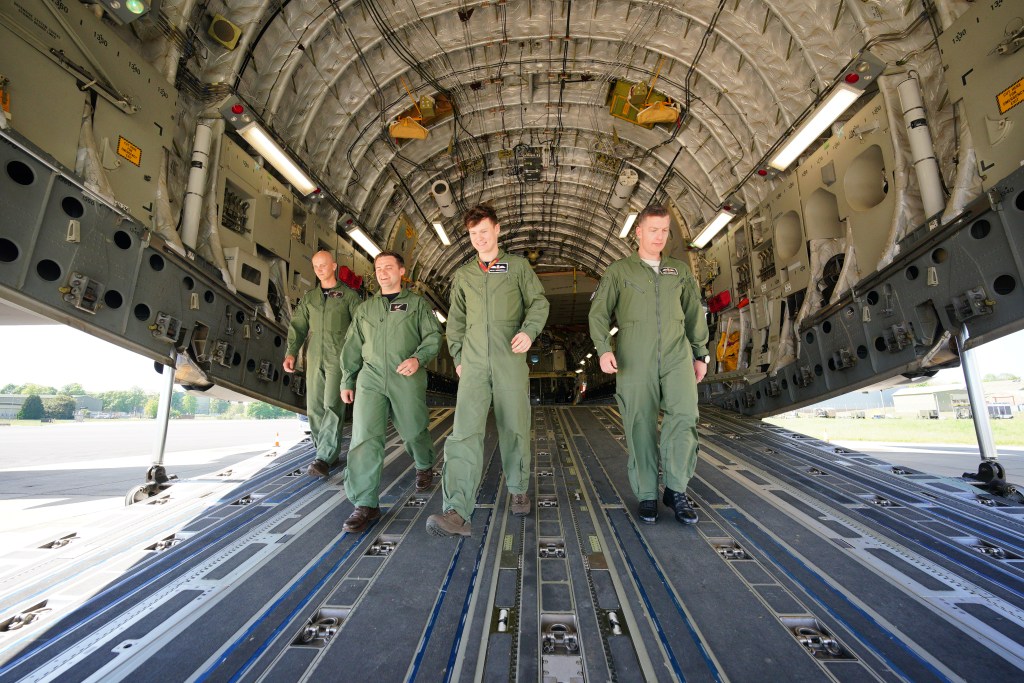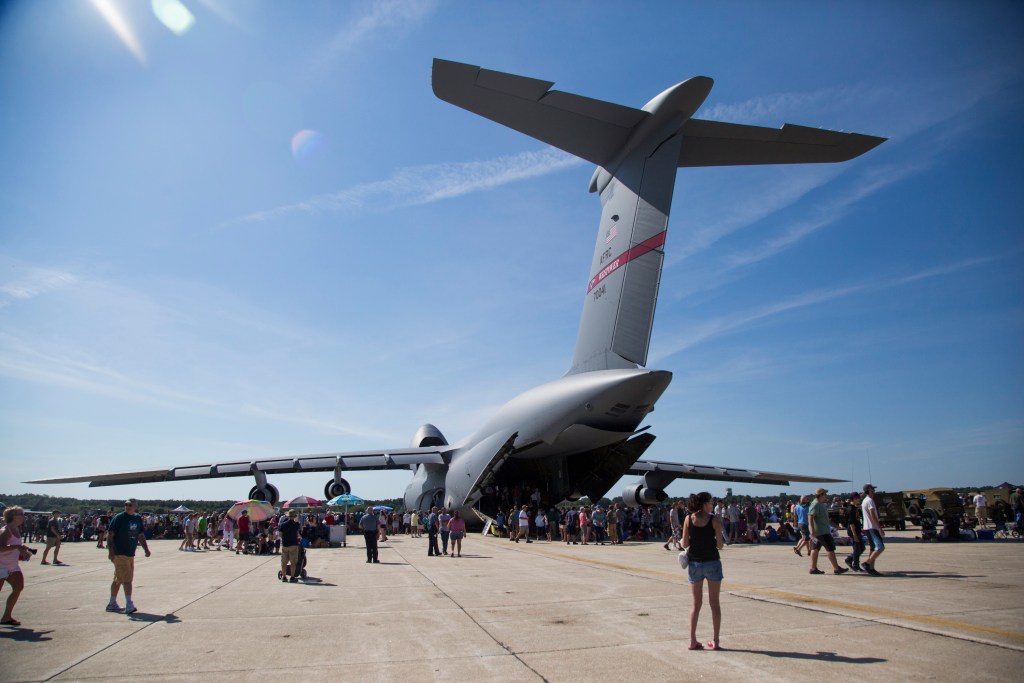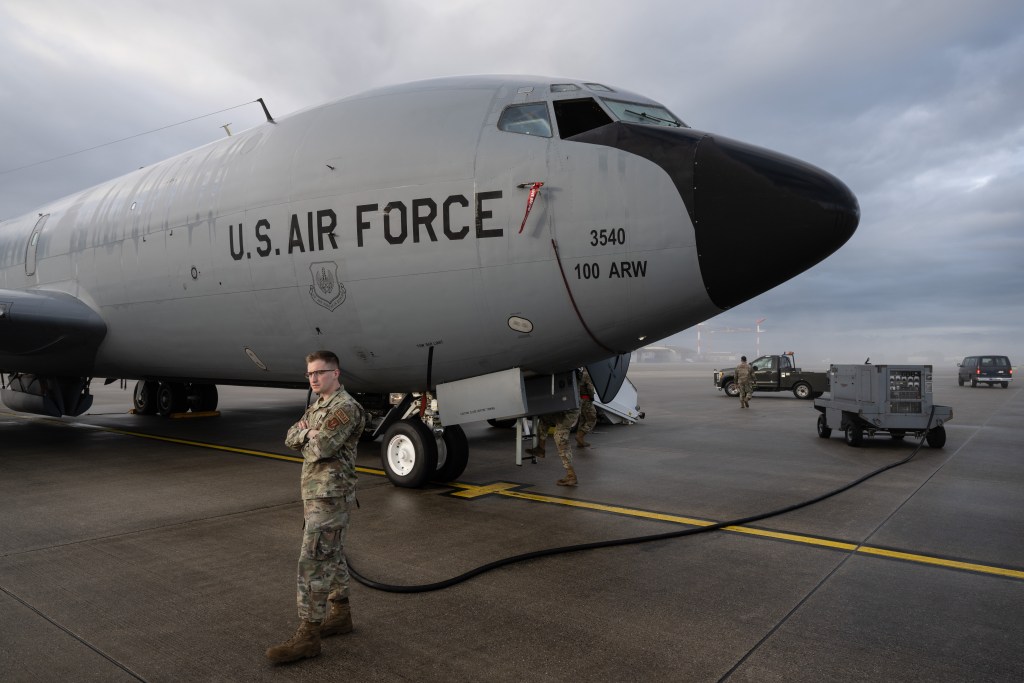
When someone brings up the military and travel, the topic usually revolves around museums and experiences adjacent to the armed forces.
Videos by TravelAwaits
Maybe you’re looking for the best military museums in New England or WWII sites in France. Maybe you’re more focused on hotels with military-inspired activities, like flight simulators.
But that’s just one side of the coin.
For active and retired military members, there is a surprisingly long and involved list of travel opportunities. Off the top of my head, I can think of two.
The first is travel deals that are offered only to active and retired military members. The second are the Armed Forces Recreation Centers, located around the world and open only to military members.
But there’s another insane offer on the table for active and retired military members, along with their families and dependents. Ever heard of Military Space-A travel? It’s a way for members and their families to get free passes (with some minor fees) to board military aircraft heading between hubs.
From flying for free in the fuselage to nabbing a seat on a commercial military plane, military space-A travel is (respectfully) one of the craziest forms of travel I’ve ever researched.
I mean, how else would an average Joe or Jane end up flying at 35,000 feet in the cargo deck of a KC-135 Stratotanker?
What are military Space-A flights?

Space-A stands for Space-Available and is a program that’s unique to the Department of Defense. As with other military-focused deals, the goal is to allow military personnel and their families to access passenger and cargo planes that aren’t at capacity.
It’s a win-win, giving military personnel and families added travel perks while filling up seats. (Or cargo holds and fuselages, as we’ll see.)
How does military space-A travel work?

Space-A flights cover a range of military aircraft, all of which are part of military operations and are subject to a mission. That being said, many have open seats when traveling in at least one direction. The military will open up seats to military members based on priority.
Priority is based on status within the military and reason for travel, meaning an active duty member’s family can’t use Space-A travel to plan a trip. Instead, dependents and family members can request tickets for specific upcoming Space-A flights. Once again, flights are subject to change based on the mission, meaning family members should be flexible if requesting seats.
Again, seat allocations are based on priority categorizations, which cover six different groups. And while the tickets are usually free, you might pay up to $30 for box meals and other minor charges.
What are the flights actually like?

Here’s where it gets interesting. There are 16 different aircraft that are eligible for Space-A flights. The most common are the C-5 Galaxy, C-17 Globemaster, C-40 Clipper, C-130 Hercules, KC-10 Extender, and the KC-135 Stratotanker.
Only two of those aircraft are close to the traditional commercial vessels that travelers are used to flying in. That’s the C-40 Clipper, which is based on a Boeing 737, and the KC-10 Extender, based on a DC-1-30 commercial prototype.
The other four options are all military vessels without those familiar rows of seats. The most insane is the KC-135 Stratotanker. It’s an aircraft that’s prepared for in-flight re-tanking, meaning you might get a front-row seat to one of the craziest aircraft maneuvers in the world.
If you want a closer look at how military Space-A flights work, I suggest taking a look at this series from @saltyvagabonds on Instagram, which includes footage of the real-life flights that active duty members and their families can take.
It’s a great way to see if this might be a viable form of transportation if you’re related to an active military member or otherwise qualify for Space-A flights. For the rest of us, it’s just wildly interesting.
